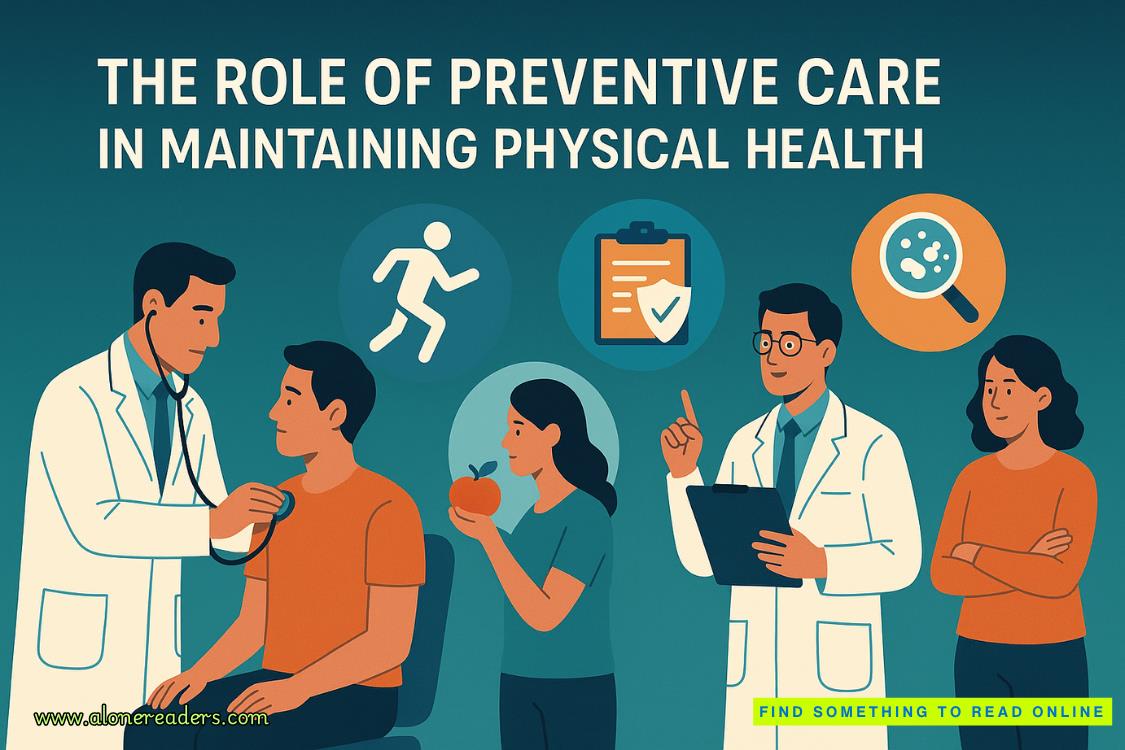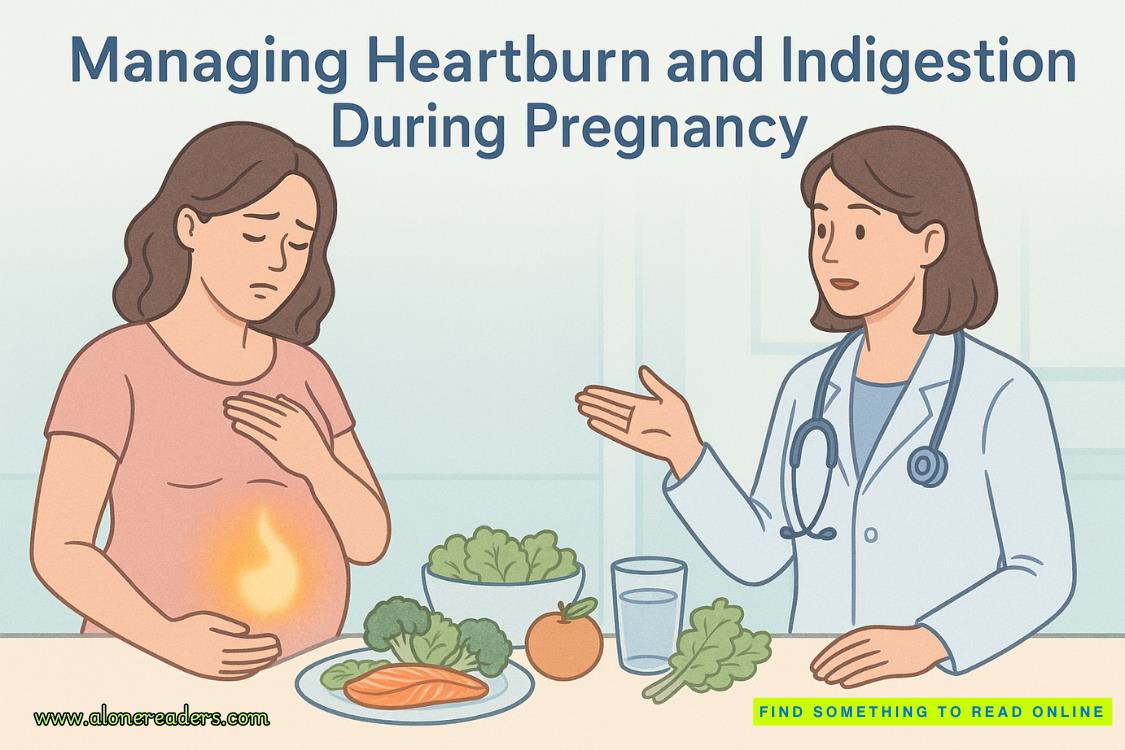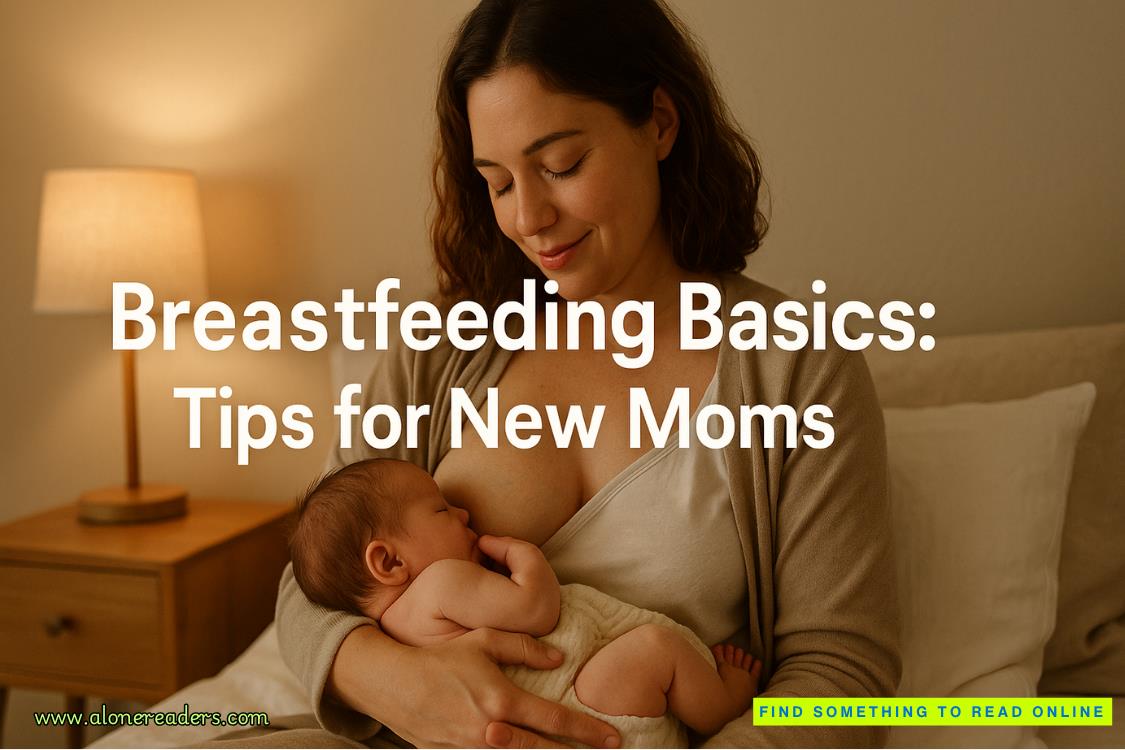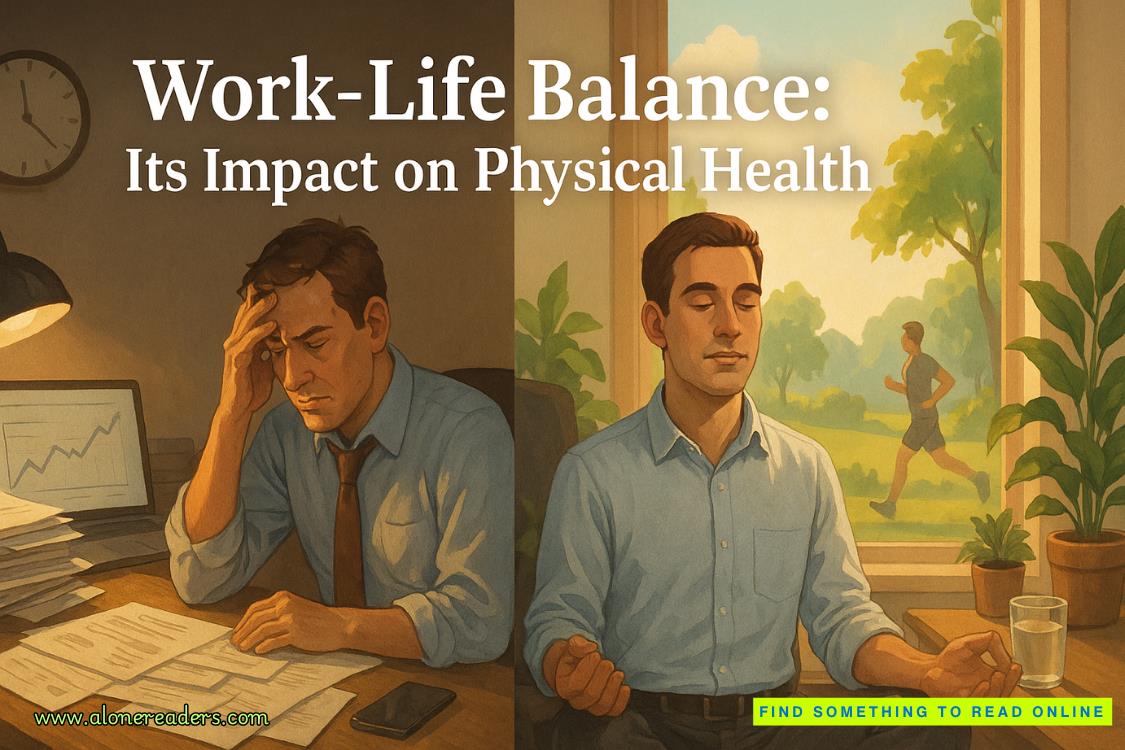Page 27 of His Secret Merger
The pen hovered over the box labeledReason for Visit.But there wasn’t one for ‘mild existential panic and a clock I’m still not sure is ticking’. So I checked:Consultation – Fertility Evaluation
I stared at it for a second longer than necessary.
I wasn’t here to make a baby. I was here to find out if I still had the pieces to even build one.
The nurse called my name, and I stood. My knees didn’t buckle. My hands didn’t shake. But I walked like a woman who wasn’t ready to say why she was there out loud—just ready to hear it.
And maybe… ready to know what happened next.
The consultation room looked more like a boutique therapist’s office than anything medical—plush chairs, an abstract painting on the wall, a table with a well-organized stack of wellness books I had zero intention of reading. Not a stirrup or sterile swab in sight. Just me, perched on the edge of a slate blue armchair, trying not to feel like I’d wandered into the wrong appointment and couldn’t find the exit.
The door opened, and in walked Dr. Mariana Klein—a woman in her sixties with silver-streaked curls, tortoiseshell glasses, and the kind of energy that said she could deliver good news or badnews without flinching and then recommend a really excellent wine pairing afterward.
She smiled like we already knew each other. “Juliette Vanderburg?”
“That’s me,” I said, standing and shaking her hand.
“Have a seat. I read your file. Congratulations on finishing your PhD.” Her voice was warm, low, and easy—chamomile tea with a dry chardonnay finish.
“Thanks,” I said. “Now I’m just hoping my body hasn’t aged faster than my résumé.”
That earned me a smirk from her. “Well, that’s what we’re here to find out.”
She opened my chart and tapped a pen against the tablet screen.
“First things first,” she said, scanning. “You’ve been on birth control pills. You mentioned this morning you took your last one seven days ago?”
“Correct,” I said. “I’ve been on them for years.”
“Then we’ll need to wait three to four weeks before we run full diagnostics. That includes hormone panels, ovarian reserve markers, and ultrasounds.”
I blinked. “That long?”
“It’s not ideal,” she said. “But we need a clean hormonal slate. Otherwise, the results could be misleading. I know it feels like wasted time, but trust me—it’s better than chasing inaccurate data.”
I nodded slowly. “Okay. Just didn’t expect that part.”
“No one ever does,” she said gently. “But it gives us a window to talk about next steps. If it turns out you do need assistance, I like my patients to understand their options early.”
“Lay it on me,” I said. “What does modern fertility look like?”
“Modern fertility,” she said with a wry smile, “looks a lot like an upscale boutique with a genetics lab in the back. If we determine natural conception isn’t likely—or isn’t ideal based on your goals—then IVF is the next step. And if you don’t have a male partner, or don’t want one involved, we’ll look at sperm donation.”
I tried to nod like her words weren’t a punch in the chest.
“There are two paths,” she continued. “Anonymous donor or known donor. Anonymous is our most common route. You choose from a secure, medically screened database. Donors are required to pass genetic testing, STI panels, psychological screenings—some even submit childhood photos or writing samples.”
“That’s… thorough.”
“It has to be. Some are grad students. Some are engineers. Some are married men doing it on the side for the money, or because they think it’s their contribution to humanity.” She said it without judgment. Just facts.
“And the known donor route?” I asked.
She folded her hands. “Legally complicated. If you ask someone you know, we require separate legal counsel, a written agreement, and psychiatric clearance for both parties. There are long-term emotional and custodial implications to consider.”
I swallowed. “So… either way, it’s not exactly a rom-com montage.”
“No,” she said, “but it’s yours. And that’s what matters.”















